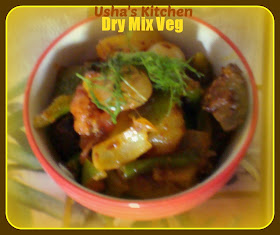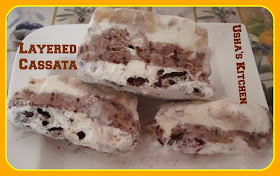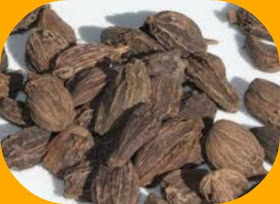HISTORY OF SALADS ...
1 A Caesar salad is a salad of romaine lettuce and croutons dressed with parmesan cheese, lemon juice, olive oil, egg, Worcestershire sauce, garlic, and black pepper. It is often prepared tableside.
Caesar Salad (SEE-zer) The salad consists of greens (classically romaine lettuce) with a garlic vinaigrette dressing.
In the 1930's, Caesar Salad was voted by the master chefs of the International Society of Epicures in Paris as the "greatest recipe to originate from the Americas in fifty years."
Giacomo Junia called the salad Caesar Salad. He put a few pieces of lettuce (romaine) in the salad to add a slightly bitter touch to it. . Giacomo called the salad Caesar Salad after Julius Caesar, the greatest Italian of all time. . . . Junia never thought that the salad would be popular and was more surprised than anyone when people began to ask for it. Many itinerant cooks learned how to make the salad and soon it was made all over North America and even in Europe."
2 Cobb Salad ... Typically a Cobb Salad consists of chopped chicken or turkey, bacon, hard cooked eggs, tomatoes, avocado, cheddar cheese, and lettuce. It is served with crumbled blue cheese and vinaigrette dressing.
In 1937 - It was the invention of restaurant manager, Bob Cobb, at The Brown Derby restaurant in Los Angeles, found a way to use up leftovers. Cobb had been improvising with the salad for years. The first one was created at the end of a long day, when Cobb realized he had not had time to eat.
3 Crab Louie/Louis Salad Where both spellings of the salad are used on restaurant menus, but it is usually pronounced LOO-ey. This famous west coast salad is also called “King of Salads,” and is sometimes written as Crab Louis Salad.
4 Coleslaw (kol-slaw) Is a cold salad made with shredded cabbage mixed with mayonnaise as well as a variety of ingredients.
The term coleslaw is a late 19th century term, which originated in the United States.
5 Panzanella salad always includes bread and tomatoes plus vegetables from the garden. Vegetables can include peppers, cucumbers, and onions. Lots of garlic, capers, black olives, and anchovies are added to the salad.
6 Waldorf Salad - A classic American fruit salad that usually consists of apples, lemon juice, celery, walnuts, and mayonnaise.
DID U KNOW THIS .. . .
1 Salad Dressings is a sauce for a salad that are usually based on vinaigrette, mayonnaise, or other emulsified product. It is also called Salad dressing spread, and is a condiment
2 A Salad spinner, also known as a "salad tosser", is a kitchen tool used to wash and remove excess water from salad greens.
3 A salad bar is a buffet-style table or counter at a restaurant or food market on which salad components are provided for customers to assemble their own salad plates. Most salad bars provide lettuce, chopped tomatoes, assorted raw, sliced vegetables (such as cucumbers, carrots, celery and green or red bell peppers), dried bread croutons, bacon bits, shredded cheese, and various types of salad dressing.
4 Salad Shooter slicer/shredder because of all the things it can do (and the time it saves) it is one of our handiest kitchen helpers.
5 Salad is a popular, ready-to-eat dish made of heterogeneous ingredients, usually served chilled or at a moderate temperature. Many people use the word "salad" to describe light, savory leafy vegetable dishes, most often served with a sauce or dressing, but the category may additionally include dishes made of ingredients such as fruits, grains, meats, seafood and sweets.













